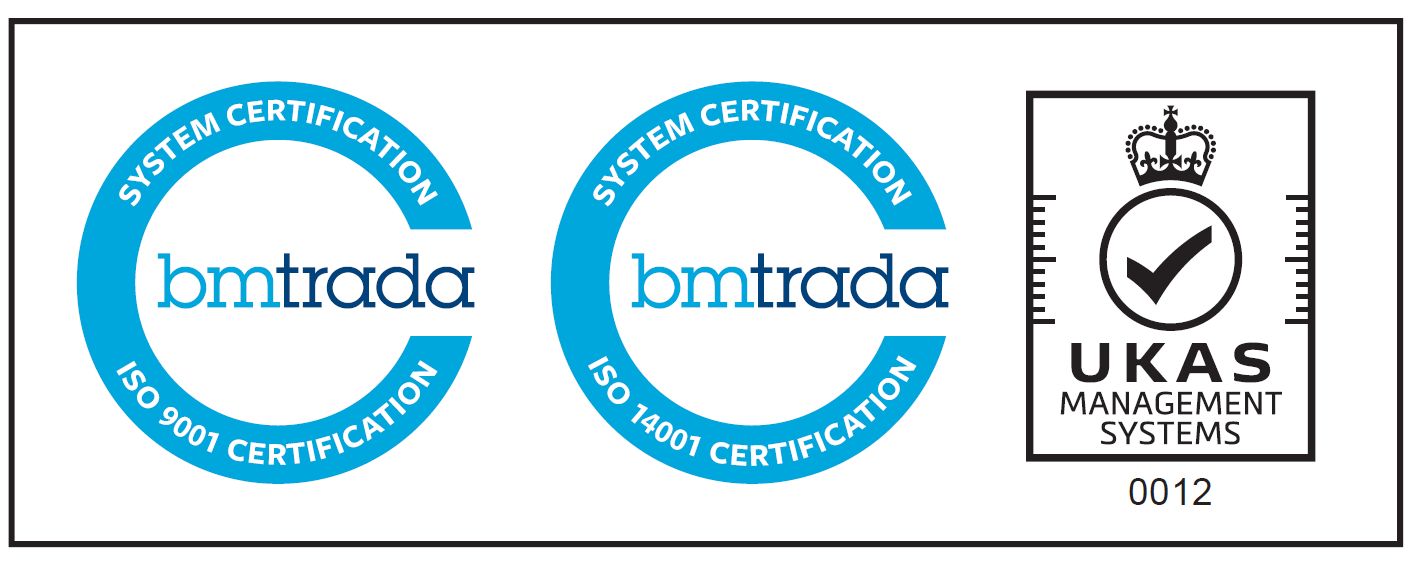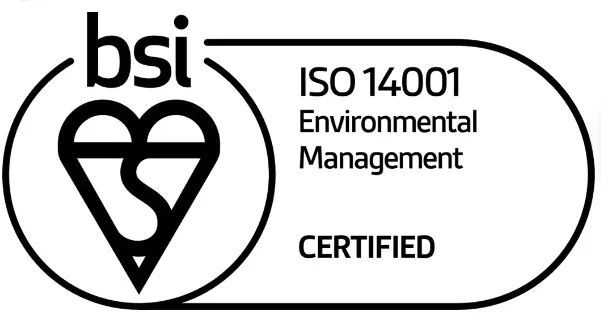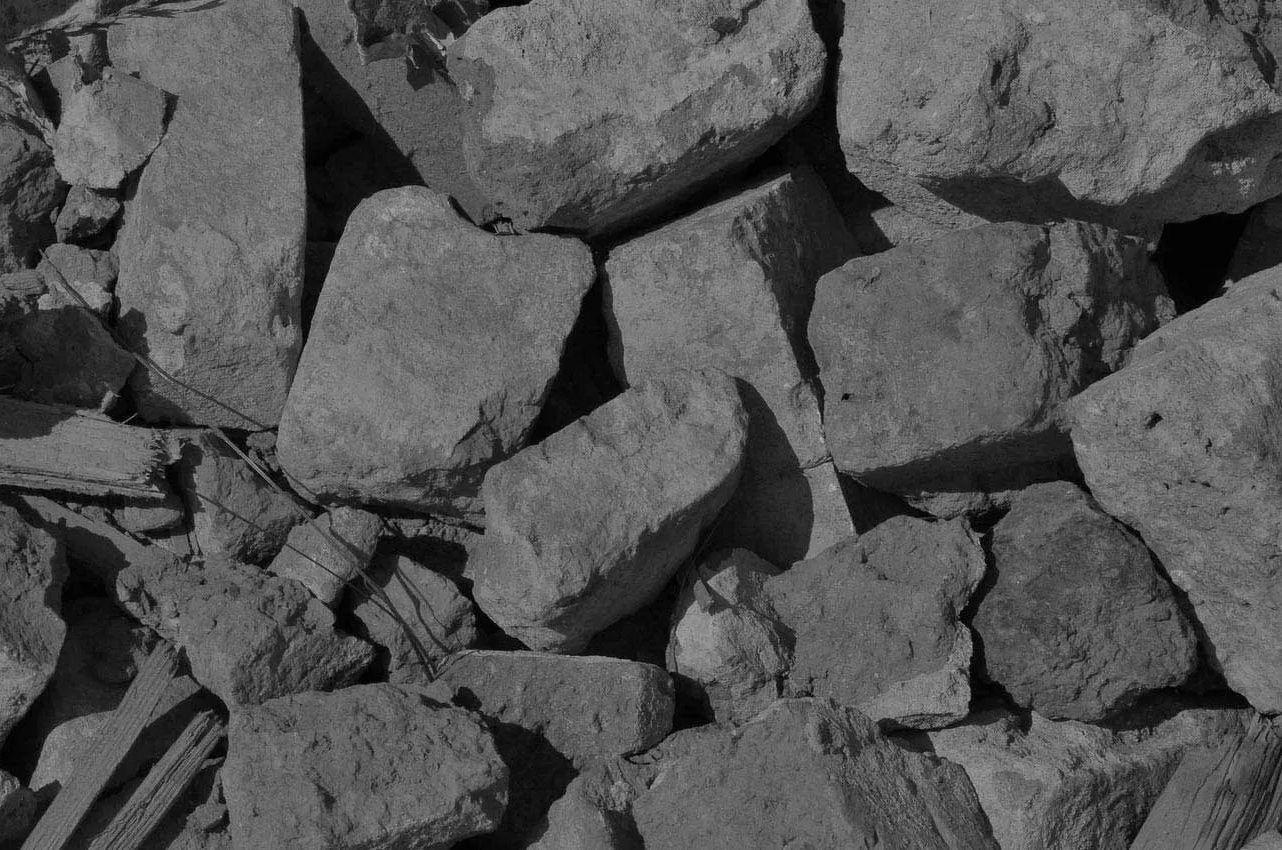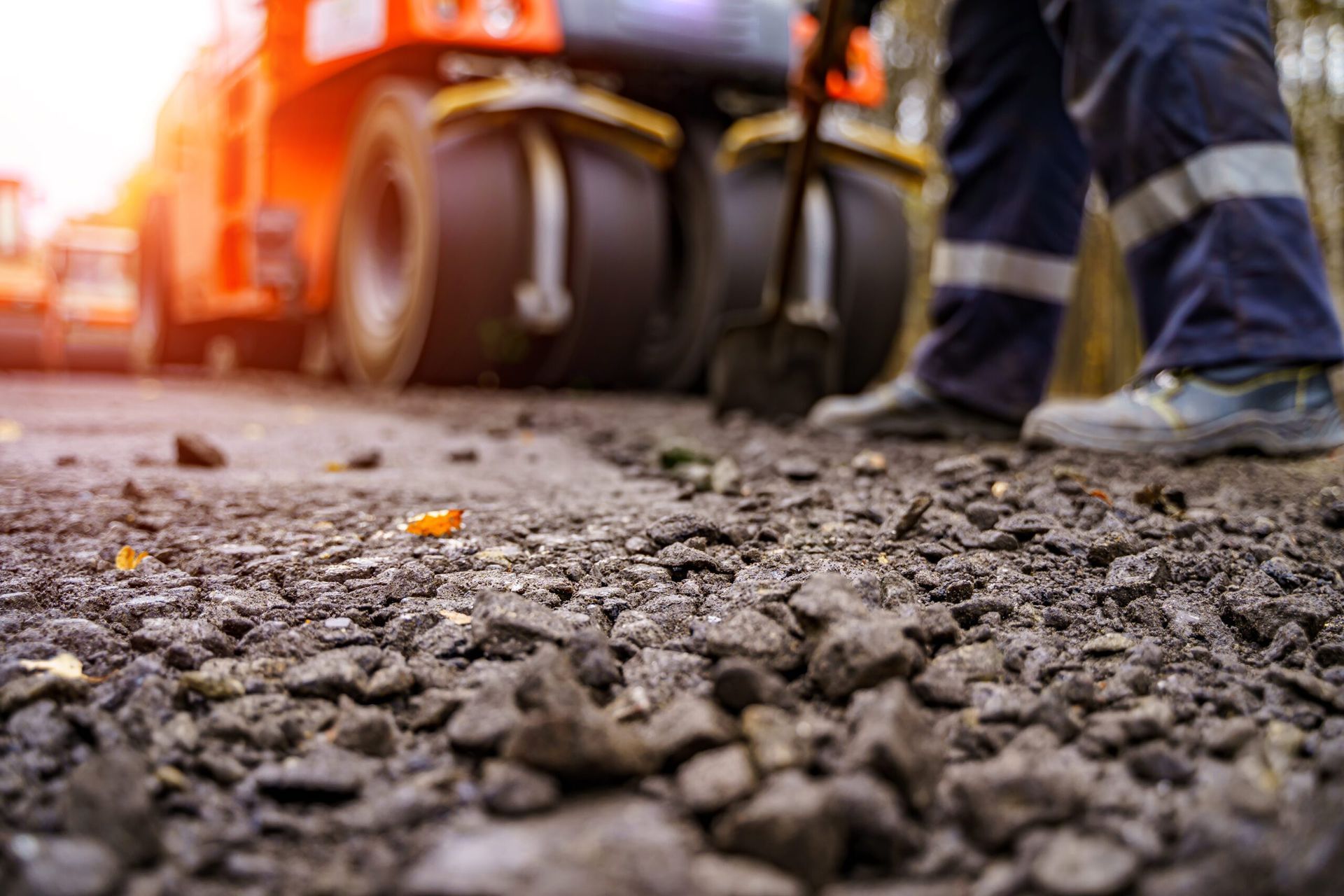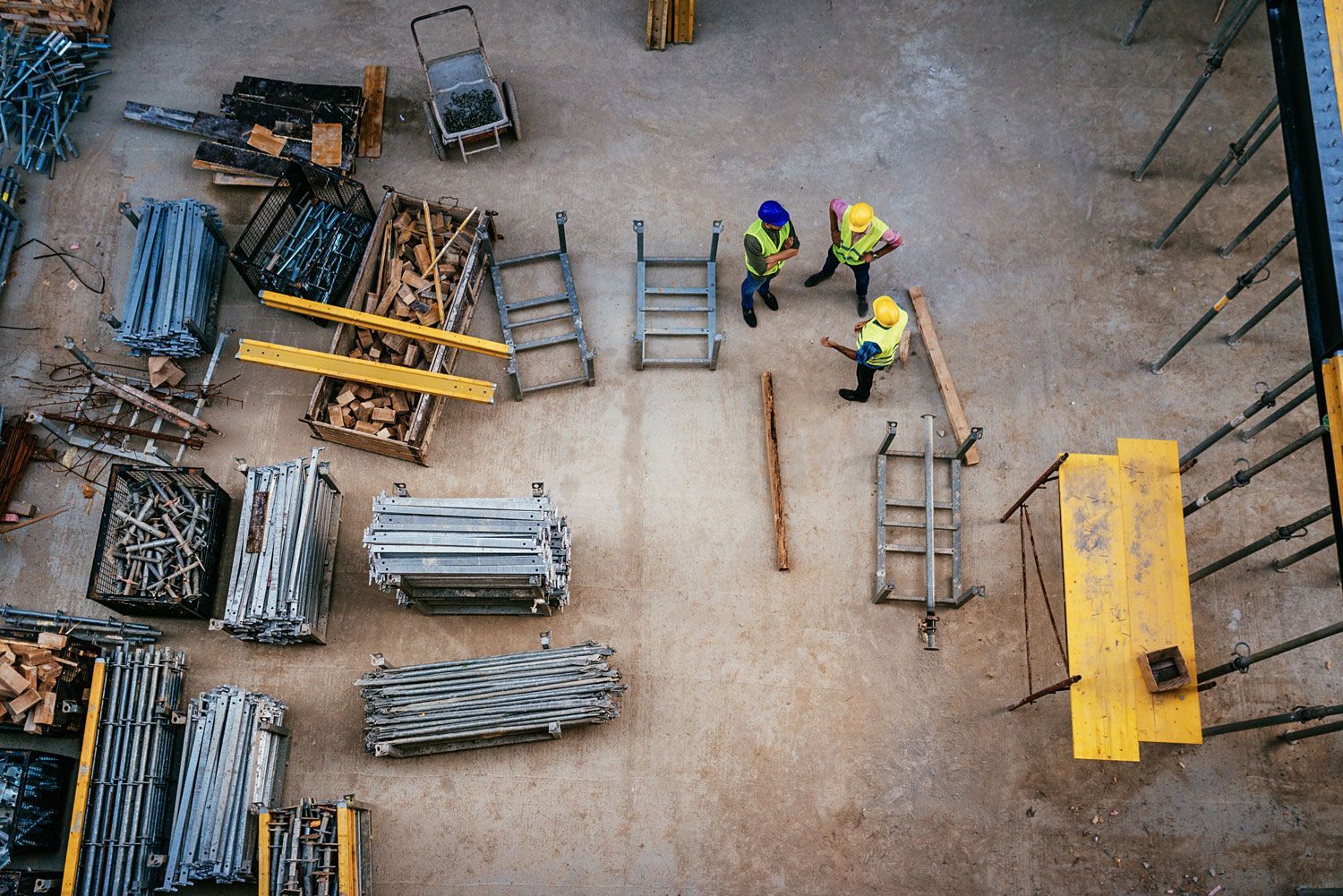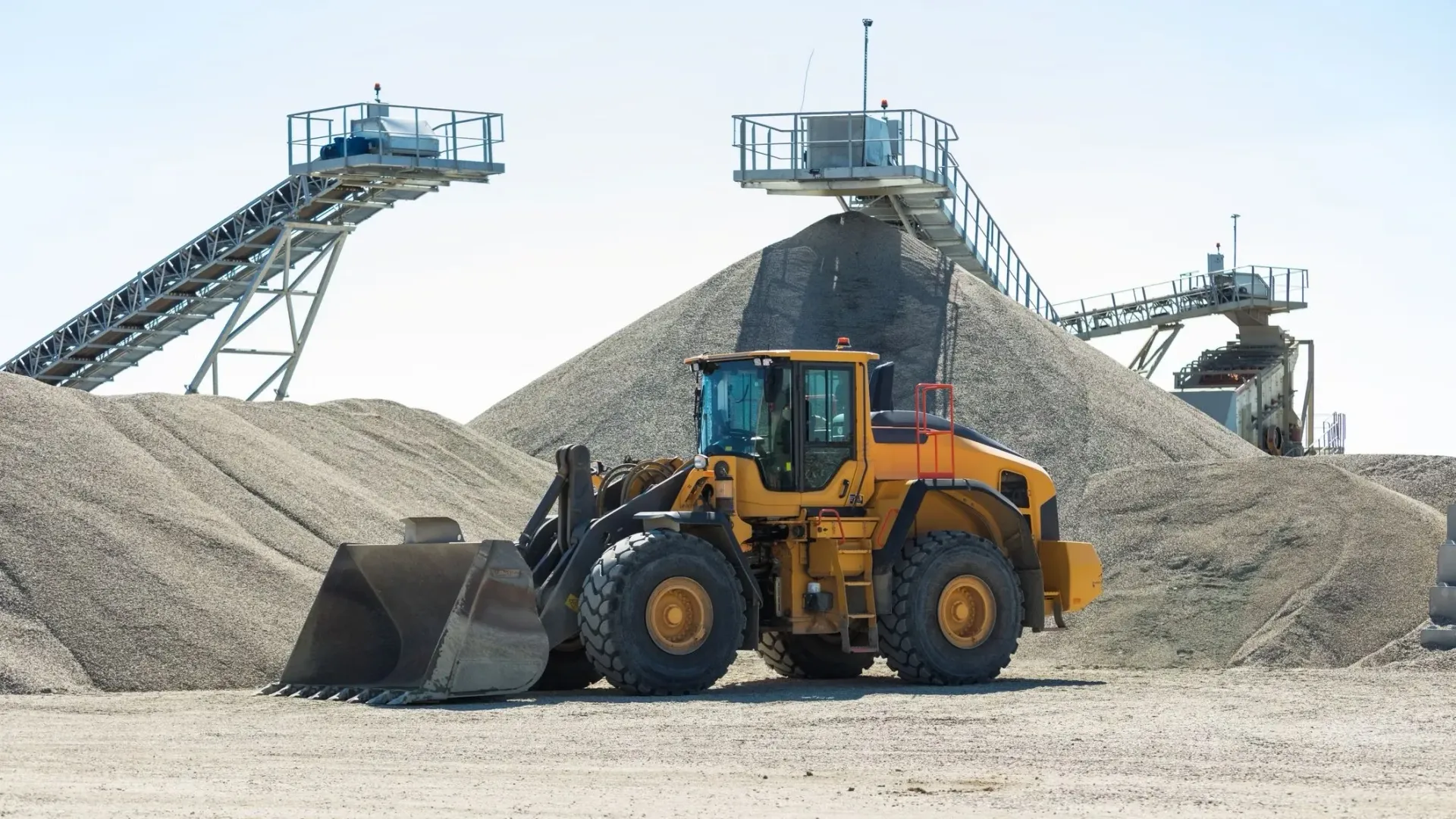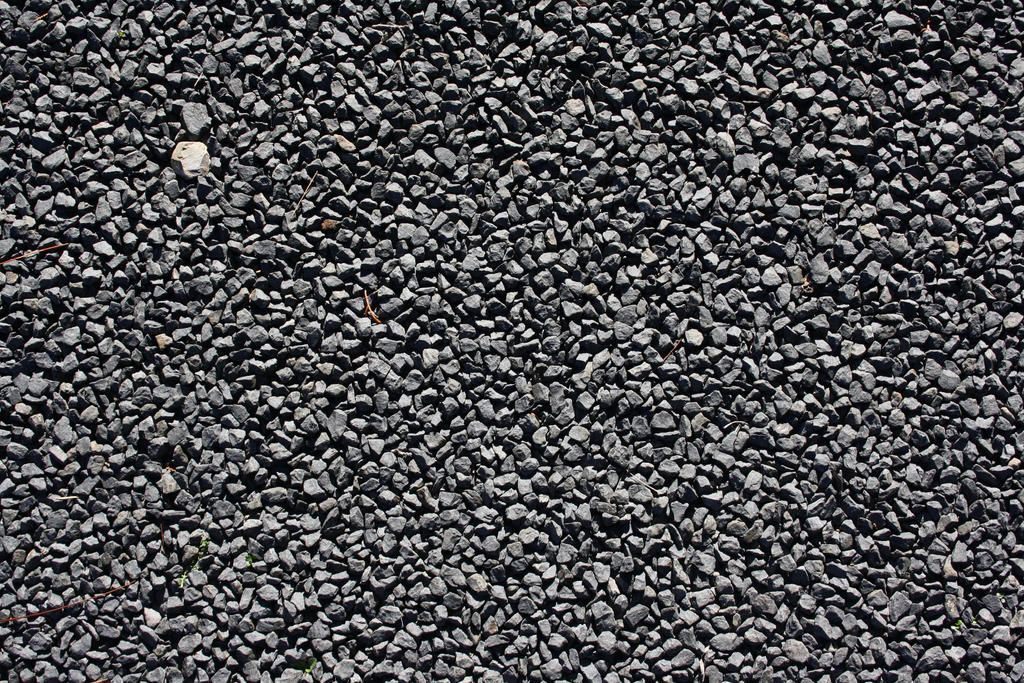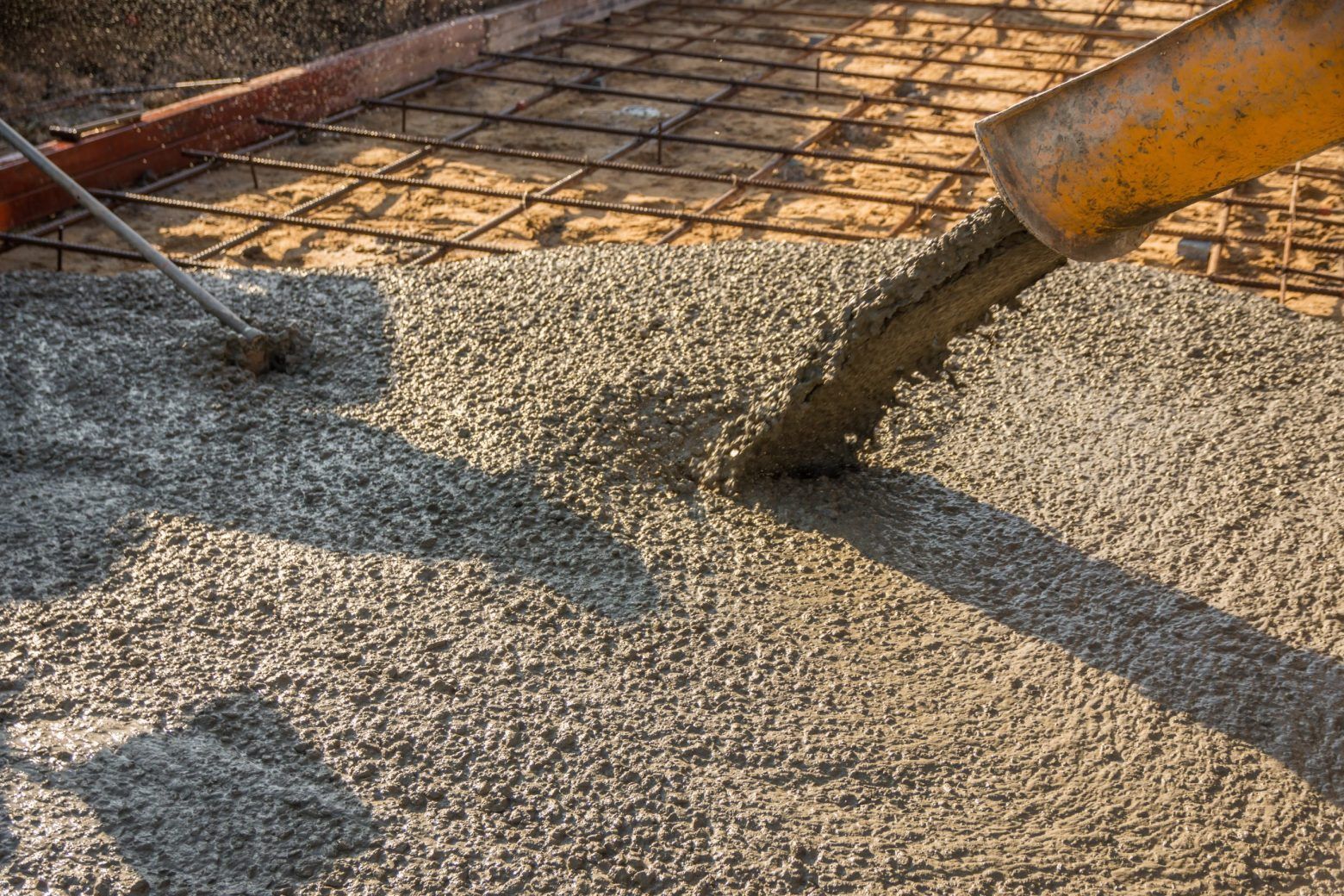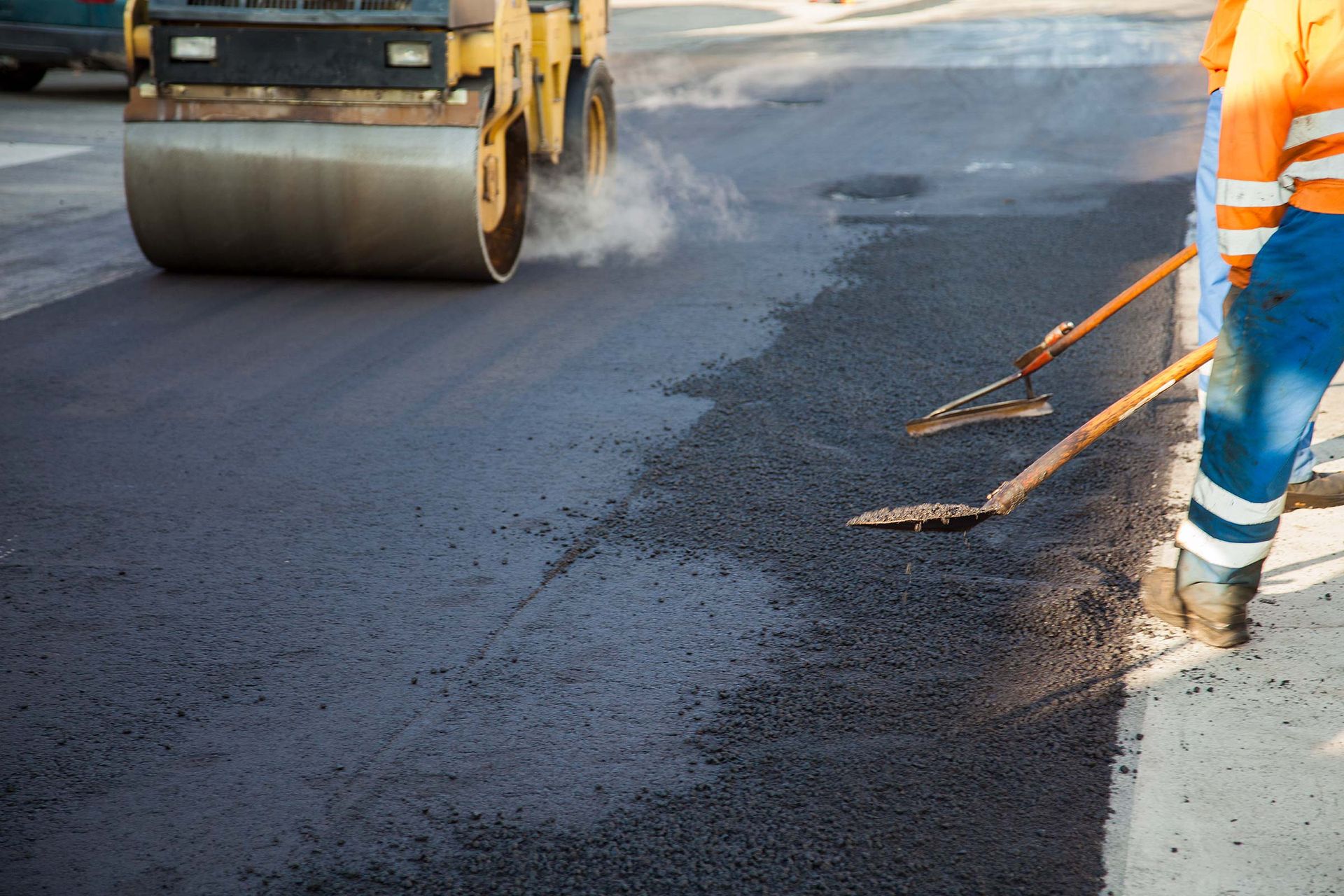The Ultimate Guide to Pouring Concrete: Tips and Techniques
Concrete pouring is a crucial process for many construction projects, from laying foundations to creating driveways and patios. Whether you're a professional contractor or a DIY enthusiast, understanding the best techniques for pouring concrete can make all the difference in achieving durable and high-quality results.
In this guide, we’ll walk through the essential tips and techniques to ensure successful concrete pouring.
Preparing the Site for Concrete Pouring
Before pouring concrete, proper site preparation is essential. Start by ensuring the area is free of debris, weeds, or any other obstacles that could affect the concrete’s bond with the surface. Once cleared, set up forms to shape the concrete as it cures. These forms need to be level and stable, so the concrete flows evenly. Secure the forms with stakes, making sure they are at the correct height for the desired finished surface.
Choosing the Right Concrete Mix
The type of concrete mix you use depends on the specific needs of your project. Ready-mix concrete is an ideal choice for many applications, as it is pre-mixed at a plant to ensure consistency and high quality. Ready-mix concrete also saves time and effort since there's no need to mix the blend on-site.
Remember to choose a reputable supplier for your concrete and clearly communicate your requirements to ensure you receive the right mix for your project.
Pouring the Concrete
Once the site is prepared and the concrete mix is ready, it’s time to start pouring. Begin pouring at one corner of the form and work your way across the area. Pouring small sections rather than one large pile ensures even distribution. As the concrete is poured, use a shovel or rake to spread it out and fill any gaps. Once the concrete is in place, use a screed board to smooth and level it with the top of the form.
Finishing the Concrete
After the concrete is levelled, it’s time to finish the surface. Start by using a float to smooth out any bumps or imperfections. For a finer finish, use a trowel. Depending on the project, such as driveways or patios, you may want to add texture for added grip. A broom or texturing tool can create the desired finish for a more functional surface.
Curing the Concrete
Proper curing is critical to ensure the concrete's strength and durability. Keep the surface moist for at least seven days after pouring to allow proper curing. You can use a plastic sheet to retain moisture or periodically spray the concrete with water to prevent it from drying out too quickly.
Local Concrete Suppliers
At WM Thompson & Sons, we’re local concrete suppliers trusted by many companies across Scotland. Our reliable and efficient concrete delivery service ensures that your concrete arrives on time and meets your exact specifications.
For more information about our concrete services and how we can help with your next project, get in touch.
